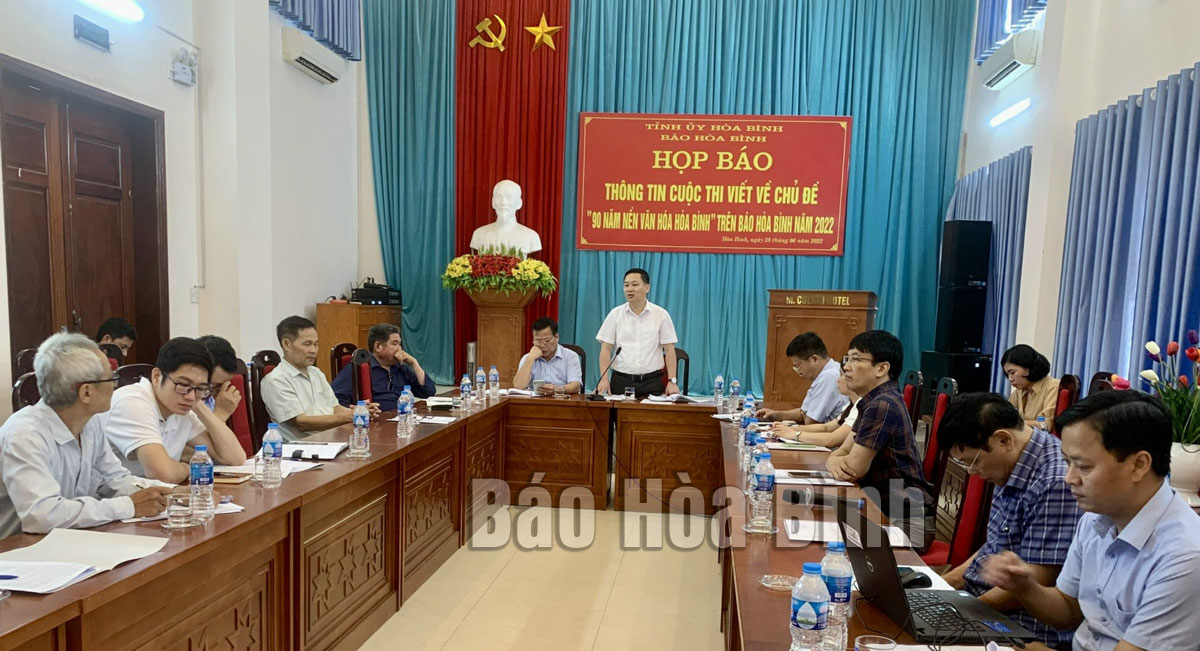(HBO) - Hoa Binh province has been seen as a cradle of human development. The traces of the Hoa Binh Civilisation found in the province have helped domestic and foreign archaeologists, scientists and anthropologists learn more about the early days of modern humans.
Hoa
Binh province holds a press conference announcing a writing contest on the Hoa
Binh Civilisation in 2022.
Deputy Director of the provincial Department of
Culture, Sports and Tourism Luu Huy Linh said archaeological relics of the Hoa
Binh Civilisation scatter across Southeast Asia. In Vietnam, they are
mainly found in the northern province of Hoa Binh with 72 sites, and Thanh Hoa
province in the central region, 32 sites.
The vestiges unveil the cave dwelling as well as
development periods of the Hoa Binh Civilisation, he added.
Notably, in the era of the Hoa Binh
Civilisation, there were changes in biology, social life and livelihood methods
of humans, shifting from hunting small animals and gathering vegetables and
fruits in the forest to primitive agricultural production in the late period.
The northern mountainous province is now home to
10 archaeological relics of the Hoa Binh Civilisation recognised as national
sites, according to the official.
To preserve and promote the civilisation’s
value, Hoa Binh has stepped up the communication work to raise the awareness
and responsibility of all-level Party Committees and authorities and people in
this regard.
The province has also continued reviewing the
list of the archaeological relics, making dossiers for rankings, while
promoting tourism there.
At the same time, it has forged cooperation with
both domestic and international organisations, and encouraged organisations and
individuals to contribute to the research work.
Through different communication means, such as
internet and newspapers, Hoa Binh has promoted the Hoa Binh Civilisation’s
value at home and abroad. Meanwhile, the connectivity in cultural tourism has
been set up and expanded in an effort to raise public understanding about the
culture./.



